In an era where sustainability and health-conscious living have become increasingly important, walkability has emerged as a critical factor in urban planning and lifestyle choices. Walkable cities offer numerous benefits: reduced carbon emissions, improved public health, stronger local economies, and more vibrant communities.
These pedestrian-friendly urban environments provide residents and visitors alike with the freedom to explore neighborhoods, access amenities, and experience city life without relying on cars. From compact historic districts to well-designed modern metropolises, America’s most walkable cities showcase diverse approaches to creating human-scaled environments. Let’s explore the top ten cities where your own two feet can be your primary mode of transportation.
1. New York City, New York
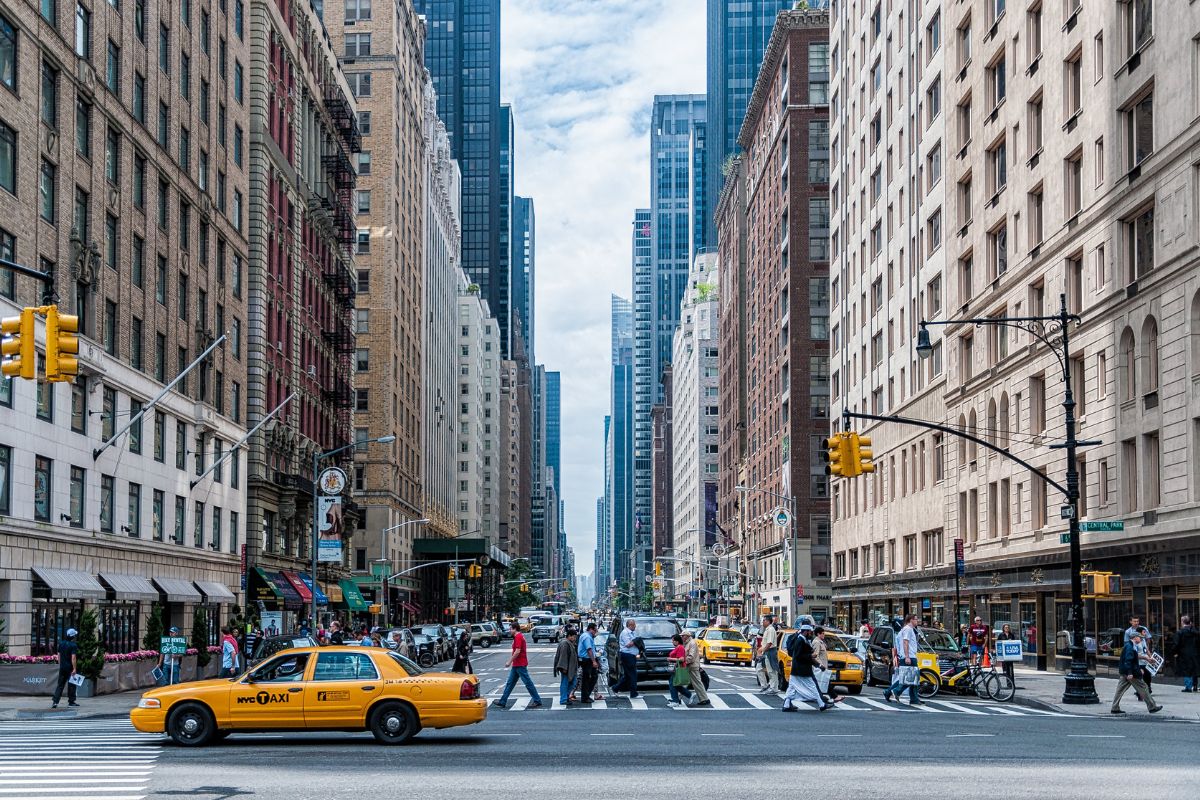
The ultimate walkable city in America, New York City has long been designed with pedestrians in mind. With its grid system, abundant sidewalks, and comprehensive public transit network, NYC makes car ownership optional for most residents. Manhattan in particular achieves near-perfect walkability scores with its dense mix of residences, workplaces, restaurants, and entertainment venues all within short distances.
Beyond the practical aspects, walking in New York offers an unparalleled urban experience. Each neighborhood presents its own distinct character, from the historic cobblestone streets of Greenwich Village to the leafy paths of Central Park. The city continues to expand its pedestrian infrastructure with initiatives like the High Line elevated park and car-free zones in Times Square, further cementing its status as America’s premier walking city.
2. San Francisco, California
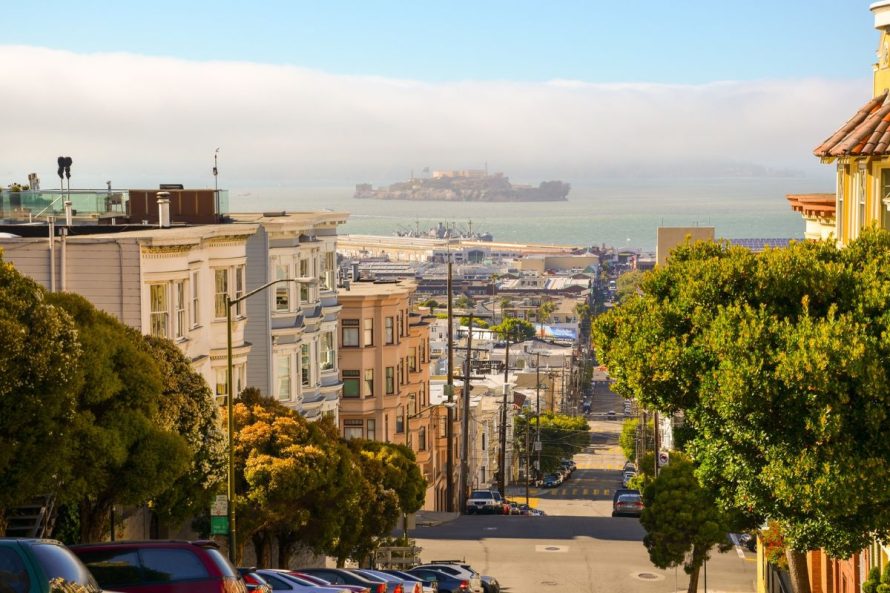
Despite its famous hills, San Francisco ranks among America’s most walkable cities thanks to its compact size and well-connected neighborhoods. The city’s 7×7 mile footprint means most destinations are within reasonable walking distance, while its iconic cable cars and comprehensive public transit system help navigate the more challenging terrains.
San Francisco’s distinct neighborhoods each offer their own walkable charm. From the bustling activity of Union Square to the historic architecture of Russian Hill to the cultural enclaves of Chinatown and North Beach, pedestrians can experience dramatic shifts in atmosphere within just a few blocks. The city’s commitment to pedestrian-friendly planning is evident in initiatives like the Embarcadero waterfront promenade and car-free Market Street, creating spaces where walking isn’t just practical—it’s pleasurable.
3. Philadelphia, Pennsylvania
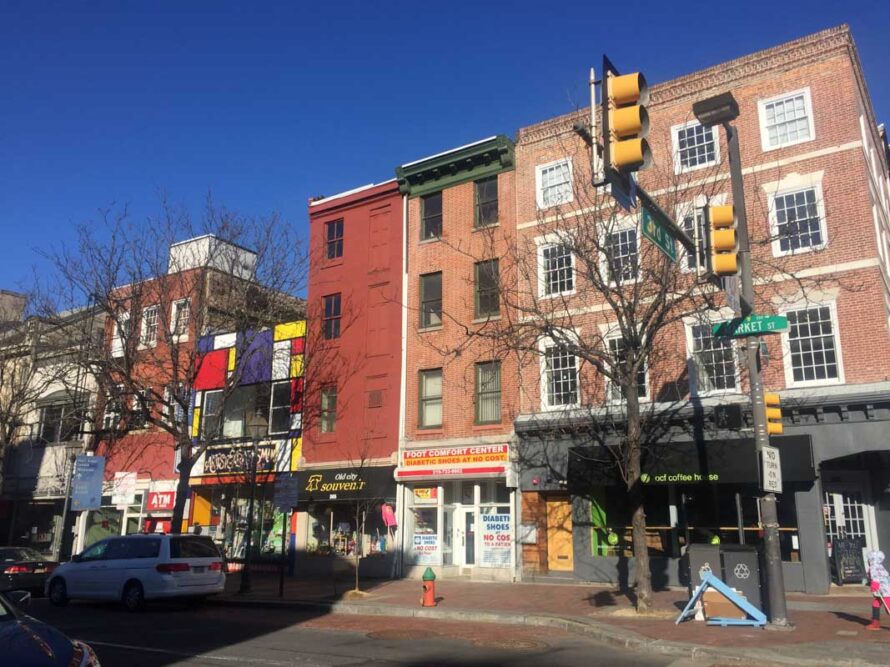
William Penn’s original grid design for Philadelphia created one of America’s first planned walkable cities, and this pedestrian-friendly legacy continues today. The city’s compact downtown, known as Center City, features wide sidewalks, abundant public spaces, and a mix of historic and modern architecture that rewards exploration on foot.
Philadelphia’s walkability extends beyond its downtown to distinctive neighborhood “villages” like Rittenhouse Square, Old City, and Society Hill. The city’s commitment to pedestrian access is evident in its extensive park system, including the expansive Fairmount Park and the popular Schuylkill River Trail. With most daily needs available within a short walk and a comprehensive public transit network for longer journeys, Philadelphia demonstrates how historic urban planning principles can create enduring walkability.
4. Washington, D.C.

Meticulously planned with wide avenues, abundant green spaces, and a relatively low skyline, Washington D.C. offers exceptional walkability for residents and millions of annual visitors. The National Mall provides one of America’s most iconic pedestrian experiences, connecting major monuments and museums along a tree-lined promenade.
Beyond the federal core, D.C.’s distinct neighborhoods like Dupont Circle, Georgetown, and Capitol Hill offer highly walkable environments with historic architecture, local businesses, and community gathering spaces. The city’s comprehensive Metro system complements its walking infrastructure, allowing car-free mobility throughout the district. Recent investments in pedestrian infrastructure, including the transformation of waterfronts and former industrial areas into walkable districts, have further enhanced D.C.’s status as a premier city for walking.
5. Chicago, Illinois
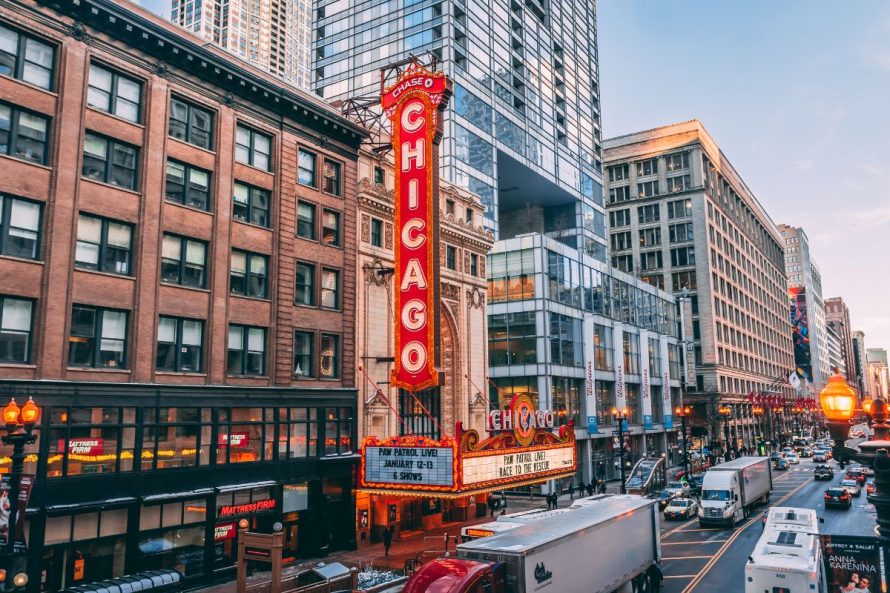
Chicago combines Midwestern practicality with world-class urban design to create an exceptionally walkable city. The downtown Loop area features wide sidewalks, pedestrian underpasses, and an extensive riverfront walkway system that makes walking both practical and pleasant in the city center.
Beyond downtown, Chicago’s neighborhood structure—with commercial corridors like Milwaukee Avenue and Division Street lined with shops, restaurants, and services—ensures residents can meet daily needs on foot. The city’s commitment to walkability extends to its extensive park system, including the 18-mile Lakefront Trail connecting diverse neighborhoods along Lake Michigan. Chicago’s L train system complements its walking infrastructure, allowing residents to combine transit and walking for an efficient car-free lifestyle even in a city of this scale.
6. Seattle, Washington
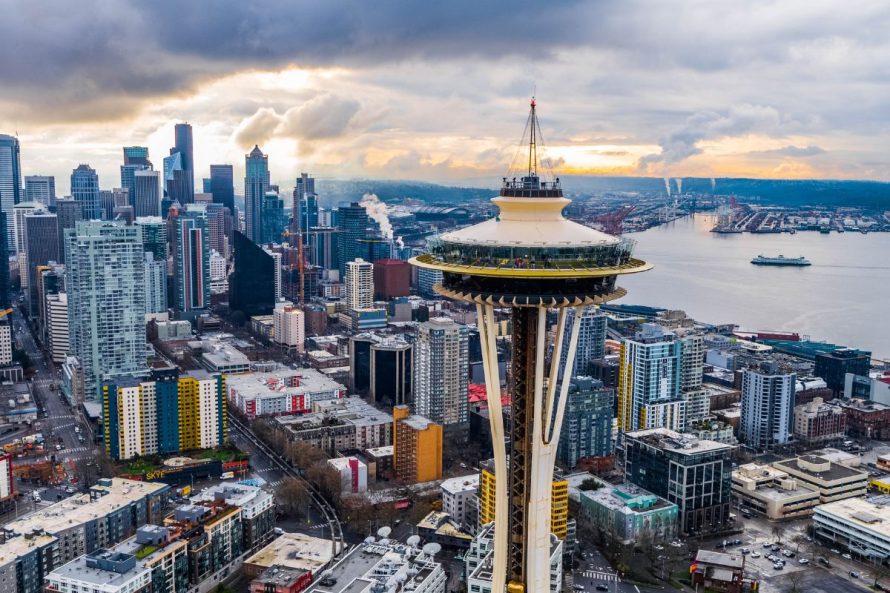
Despite its hilly topography and rainy reputation, Seattle has developed into one of America’s most walkable cities. The compact downtown area features pedestrian-friendly infrastructure like the Pike Place Market district and the renovated waterfront, while neighborhoods like Capitol Hill and Fremont offer dense, mixed-use environments where daily needs are available within short walks.
Seattle’s commitment to pedestrian infrastructure includes innovative solutions like the numerous public stairways that connect hillside neighborhoods and the extensive network of pedestrian bridges and overpasses. The city continues to improve its walkability through initiatives like the Neighborhood Greenways program, creating safe walking routes throughout residential areas. Combined with an expanding light rail system and bus network, Seattle’s walking infrastructure enables car-free living in this Pacific Northwest hub.
7. Portland, Oregon

Portland has earned its reputation as a leader in sustainable urban design, with walkability as a cornerstone of its approach. The city’s compact downtown features small blocks (200 feet square), creating a pedestrian-friendly environment with numerous route options and shorter crossing distances at intersections.
Portland’s walkability extends beyond downtown to neighborhood commercial districts like Alberta Street, Mississippi Avenue, and Hawthorne Boulevard, where residents can access daily needs within short walks. The city’s commitment to pedestrian infrastructure is evident in its extensive network of greenways, pedestrian bridges, and car-free zones. Combined with its comprehensive public transit system and bicycle infrastructure, Portland’s walking-oriented design has created one of America’s most livable and environmentally sustainable cities.
8. Minneapolis, Minnesota
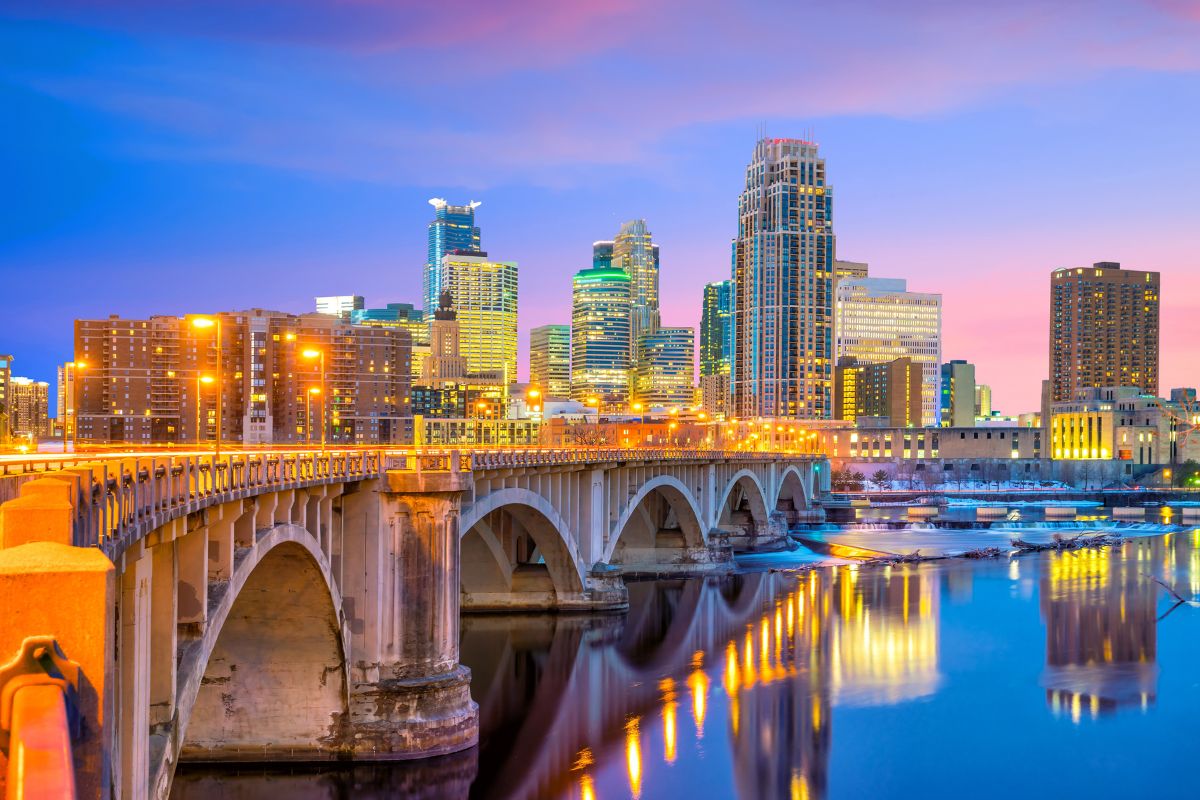
Minneapolis has transformed itself into a walkability success story despite its northern climate and traditionally car-oriented Midwestern design. The city’s innovative Skyway system—an 9.5-mile network of enclosed pedestrian bridges connecting downtown buildings—enables year-round walking even during harsh winter months.
Beyond downtown, Minneapolis features walkable neighborhood centers like Uptown and Dinkytown, where residents can access daily needs on foot. The city’s commitment to pedestrian infrastructure extends to its renowned park system, including the Grand Rounds National Scenic Byway, a 51-mile network of pedestrian and cycling paths connecting the city’s lakes and green spaces. With continued investments in mixed-use development and pedestrian safety, Minneapolis demonstrates how thoughtful planning can create walkability even in challenging climates.
9. Denver, Colorado
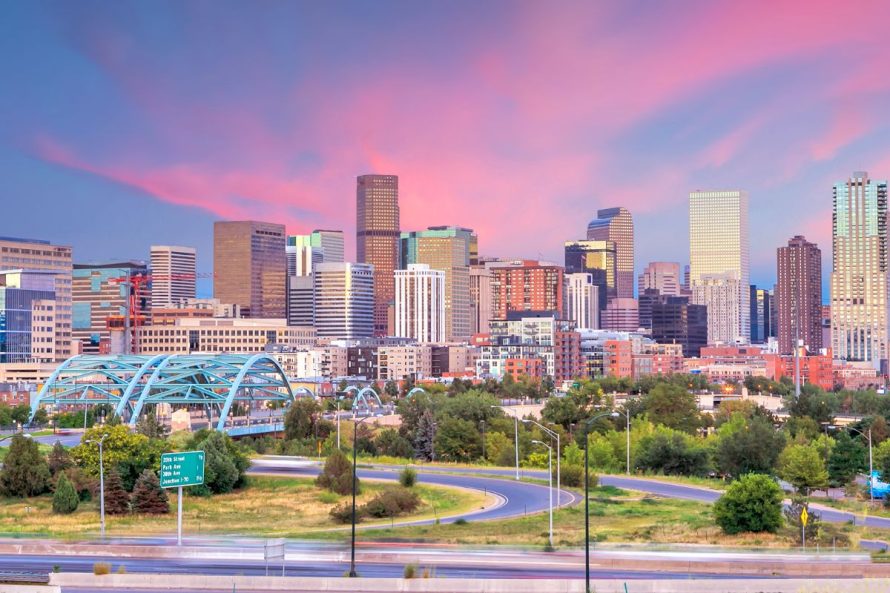
Denver has transformed from a car-dependent western city to one of America’s most walkable urban environments through sustained investment and planning. The revitalized LoDo (Lower Downtown) district and 16th Street Mall pedestrian corridor anchor a downtown where walking is now the preferred mode of transportation.
Beyond downtown, Denver’s walkability extends to historic neighborhoods like Capitol Hill and Highland, where grid street patterns and mixed-use zoning create pedestrian-friendly environments. The city’s commitment to walkable infrastructure includes the extensive Cherry Creek Trail network and transformation of former industrial areas into walkable districts like RiNo (River North). With continued investment in transit-oriented development around its expanding light rail system, Denver demonstrates how western cities can evolve toward more walkable, sustainable urban forms.
10. Boston, Massachusetts
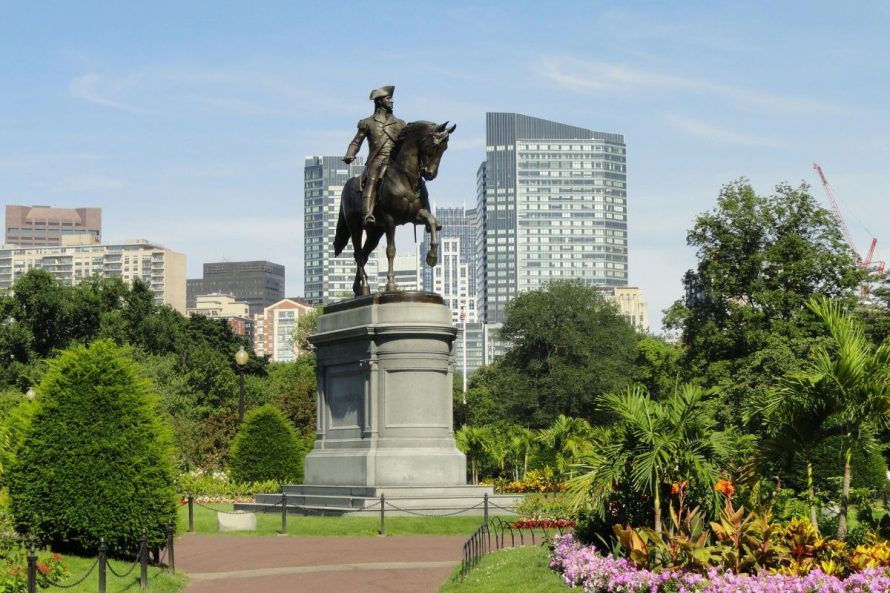
As one of America’s oldest cities, Boston was built before the automobile era, resulting in naturally walkable neighborhoods and a human-scaled environment. The historic downtown, with its narrow winding streets and the iconic Freedom Trail, invites exploration on foot through nearly four centuries of American history.
Boston’s compact size, extensive public transit, and concentrated urban villages make it exceptionally navigable without a car. The city continues to enhance its pedestrian credentials with projects like the Rose Kennedy Greenway, a 1.5-mile ribbon of parks replacing what was once an elevated highway. With top-tier universities, cultural institutions, and diverse neighborhoods all connected by walkable streets, Boston offers a European-like walking experience in an American context.
America’s most walkable cities demonstrate that pedestrian-friendly environments aren’t just a nostalgic nod to pre-automobile urban design—they’re the foundation of sustainable, healthy, and vibrant urban futures. From historic East Coast cities built before cars to western metropolises reimagining themselves around human-scaled development, these walkable urban centers offer valuable lessons for communities of all sizes.
Now Head to the Greek Islands That Define Luxury

If you’ve been captivated by the beauty of Greece, you’ll also be seduced by the beautiful islands spread around the Ionian and Aegean Seas. Watching the sunset from one of these fabulous Greek islands is one of the most remarkable experiences and you mustn’t miss out!

